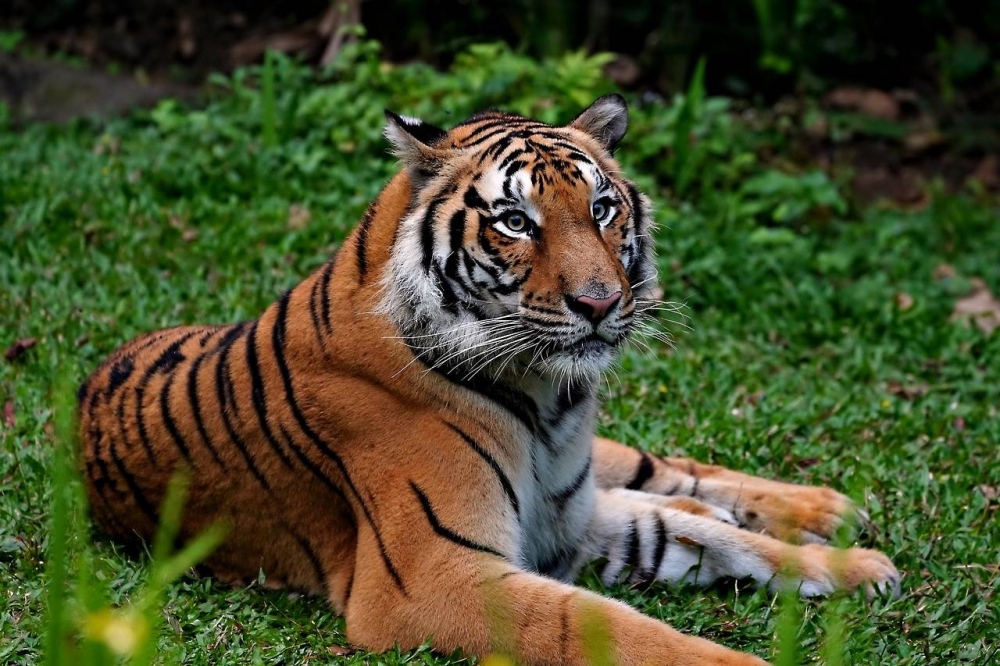Collaboration with Thailand in ART to increase tiger population
15 Aug 2023 07:58pm

Picture for illustrative purposes - FILE PIX
A
A
A
Department of Wildlife Protection and National Parks (Perhilitan) director-general Datuk Abdul Kadir Abu Hashim said the use and transfer of knowledge on ART technology such as cloning and stem cells will be done proactively in collaboration with the Zoological Park Organisation of Thailand (ZPOT).
"This is a step in the country’s efforts to increase the tiger population which is currently less than 150 in its original wild habitat. This situation is very worrying because these animals are a national treasure,” he said after officiating the Wildlife ART Workshop and Seminar in A’ Famosa Resort here today.
Also present were ZPOT director-general Attapon Srihayun and A’ Famosa Resort managing director Datuk Alex Lau Chir Nguan and 100 zoologists from all over the country and Thailand.
Abdul Kadir said the collaboration was established as the ART technique developed in Thailand has been proven to be successful on animals there and it is hoped to speed up the process of impregnating tigers so its population in this country will increase as targeted.
"In our country, a special programme to breed this animal has been developed since 2017 and at least 30 ART attempts have been performed on various animal species, including several attempts at artificial insemination, with donated ovum cells and sperm from various tigers but so far no offspring has been successfully produced.
"So we hope that with the gathering of these experts, we will be able to produce something and our target of increasing the population of this iconic animal will be achieved,” he said.
He added that the success of the technology also depends on many other things such as sufficient food, suitable natural habitat and no disturbances.
"Therefore it is very important that the ecosystem related to animals is restored and that is why this technology will also be used to breed more sambar deer which is one of the tiger’s staple food,” he said - BERNAMA














